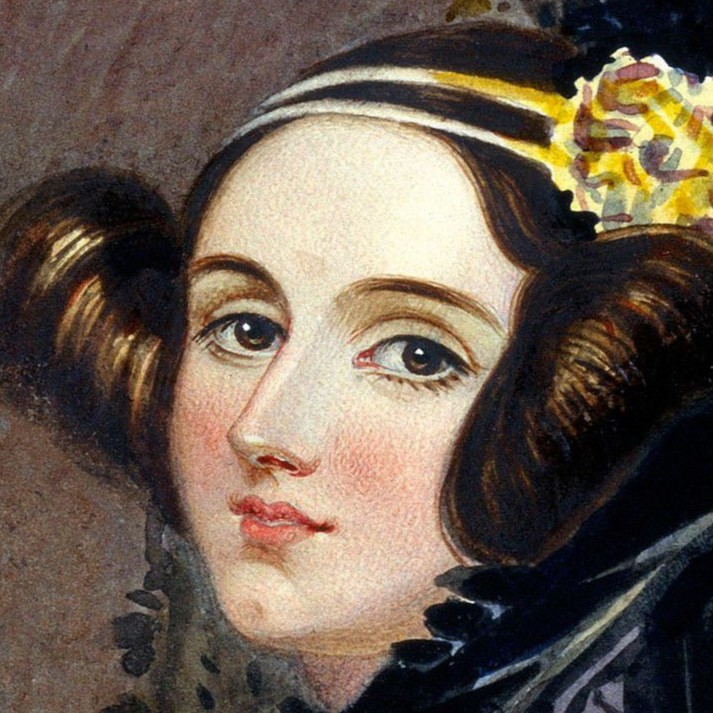Beautiful woman, author of the first algorithm in history: Ada Lovelace
A Visionary Who Developed The First Computer Algorithm in an Age Without Computers!

Augusta Ada King, Countess of Lovelace (10 December 1815 - 27 November 1852), was born Augusta Ada Byron on 10 December 1815 in London. She is now commonly known as Ada Lovelace. English mathematician and writer. She is mainly known for her work on Charles Babbage's early mechanical general-purpose computer, the Analytical Engine. Her notes on the machine include the first algorithm written to be processed by a computer. Therefore, the general opinion is that she was the world's first computer programmer. Ada Lovelace is considered one of the first pioneers in computer history.
Lovelace was born on December 10, 1815, the legitimate only child of the poet Lord Byron and Anne Isabella Byron. All of Byron's other children were born illegitimate. A month after Ada was born, Lord Byron separated from his wife and left England four months later. He died of illness in the Greek War of Independence when his daughter was 8 years old. Ada's mother was angry with Lord Byron and supported her daughter's interest in mathematics and logic so that Ada would not develop what she saw as insanity in her ex-husband. Despite this, Ada's interest in her father remained, and when she died she wanted to be buried next to her father.
Ada described herself as an analyst and metaphysician. While younger, her mathematical talents led to an ongoing business relationship and friendship with the English mathematician Charles Babbage, particularly Babbage's work on the Analytical Engine. Between 1842-3 she translated the Italian army engineer Luigi Menabrea's article on the engine, supplementing it with her own detailed notes. These notes contain an algorithm designed to be made by a machine, which many people consider to be the first computer program. Lovelace's notes are very important in computer history. Also, while other scientists – including Babbage – have focused solely on the pure computational or computationally intensive capacity of computers, Ada developed a view of the capabilities of computers to go beyond pure computation or computation-intensive. Her approach to poetic science led him to examine how technology should relate to the individual and society.
Ada Lovelace's contributions to computer science were not discovered until the 1950s. Her notes were republished by BV Bowden. Since then, Ada's works have gained value again. In 1980, the US Department of Defense named the newly developed computer language "Ada" after Lovelace.
